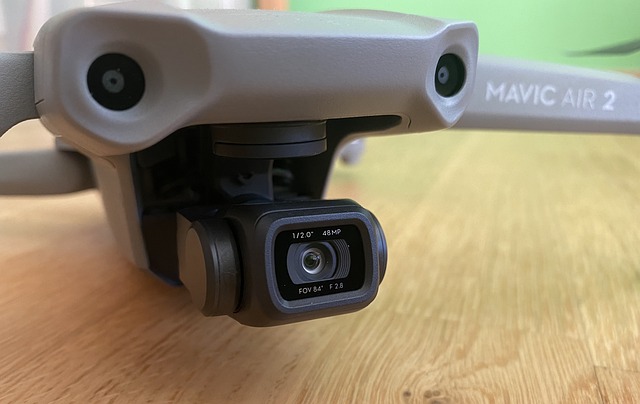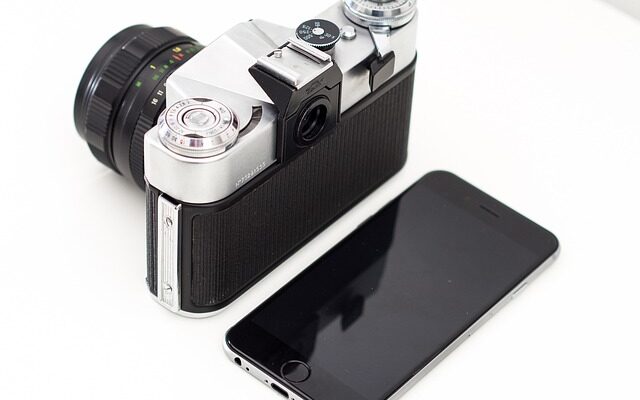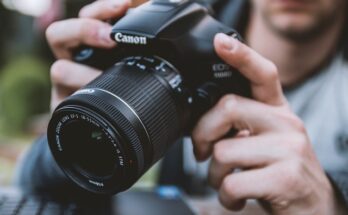In the realm of filmmaking, Camera Choreography, every element plays a crucial role in conveying the story effectively. Among these, camera choreography stands out as an art form in itself, guiding the audience’s gaze and emotions through strategic movement and blocking. This intricate dance between actors and cameras can elevate a scene from mundane to mesmerizing, creating visual narratives that resonate long after the credits roll.
Understanding Camera Choreograph
At its core, camera choreography involves orchestrating the movement of the camera in tandem with the actions of the actors. It encompasses various techniques, including camera angles, framing, and tracking shots, all meticulously coordinated to enhance the storytelling experience. Just as a choreographer directs dancers on stage, a filmmaker choreographs the camera to capture the essence of a scene.

The Role of Movement
Movement lies at the heart of camera choreography, dictating the rhythm and flow of a scene. Whether it’s a slow pan to reveal a breathtaking landscape or a rapid tracking shot to intensify suspense, every camera movement serves a purpose. By choreographing movement with precision, filmmakers can immerse the audience in the narrative, guiding their attention and evoking emotional responses.
Blocking for Impact
In conjunction with camera movement, blocking plays a pivotal role in shaping the composition of a shot. Blocking refers to the positioning and movement of actors within the frame, ensuring their interactions are visually compelling and narratively coherent. From intimate conversations to elaborate action sequences, effective blocking enhances the dynamics between characters and fosters audience engagement.
Creating Visual Dynamics
A crucial aspect of camera choreography is its ability to create visual dynamics within a scene. By juxtaposing different camera angles and perspectives, filmmakers can convey depth, tension, and symbolism. For instance, a low-angle shot may empower a character, while a high-angle shot may convey vulnerability. By strategically manipulating these visual elements, filmmakers can imbue their storytelling with layers of meaning and subtext.
Enhancing Emotional Impact
The ultimate goal of camera choreography is to amplify the emotional impact of a scene. Through subtle movements and precise framing, filmmakers can evoke a range of emotions, from joy and excitement to fear and sadness. By immersing the audience in the characters’ experiences, camera choreography fosters empathy and connection, making the story resonate on a deeper level.

Case Study: Alfred Hitchcock
Few filmmakers have mastered the art of camera choreography as adeptly as Alfred Hitchcock. Known as the “Master of Suspense,” Hitchcock employed innovative techniques to manipulate audience perceptions and emotions. In films like “Psycho” and “Vertigo,” he utilized camera movement and blocking to create tension and suspense, keeping viewers on the edge of their seats until the final frame.
The Collaborative Process
Camera choreography is a collaborative effort that involves close coordination between the director, cinematographer, and actors. Through rehearsals and improvisation, the creative team explores different camera angles and blocking scenarios, refining the choreography until it achieves the desired effect. This collaborative process fosters creativity and innovation, allowing each member to contribute their unique perspective to the final product.
Adapting to the Story
Effective camera choreography is not a one-size-fits-all approach but rather a dynamic process that adapts to the specific requirements of each story. Whether it’s a sweeping epic or an intimate drama, the camera must move in harmony with the narrative, enhancing its impact without overpowering the performances. By staying true to the essence of the story, camera choreography can elevate filmmaking to new heights of artistry.
Conclusion
Camera choreography is a multifaceted discipline that lies at the intersection of technical precision and artistic expression. By orchestrating the movement and blocking of the camera with skill and creativity, filmmakers can transform ordinary scenes into cinematic masterpieces. Through strategic use of movement, framing, and perspective, camera choreography enhances the storytelling experience, captivating audiences and leaving a lasting impression long after the final frame fades to black.



